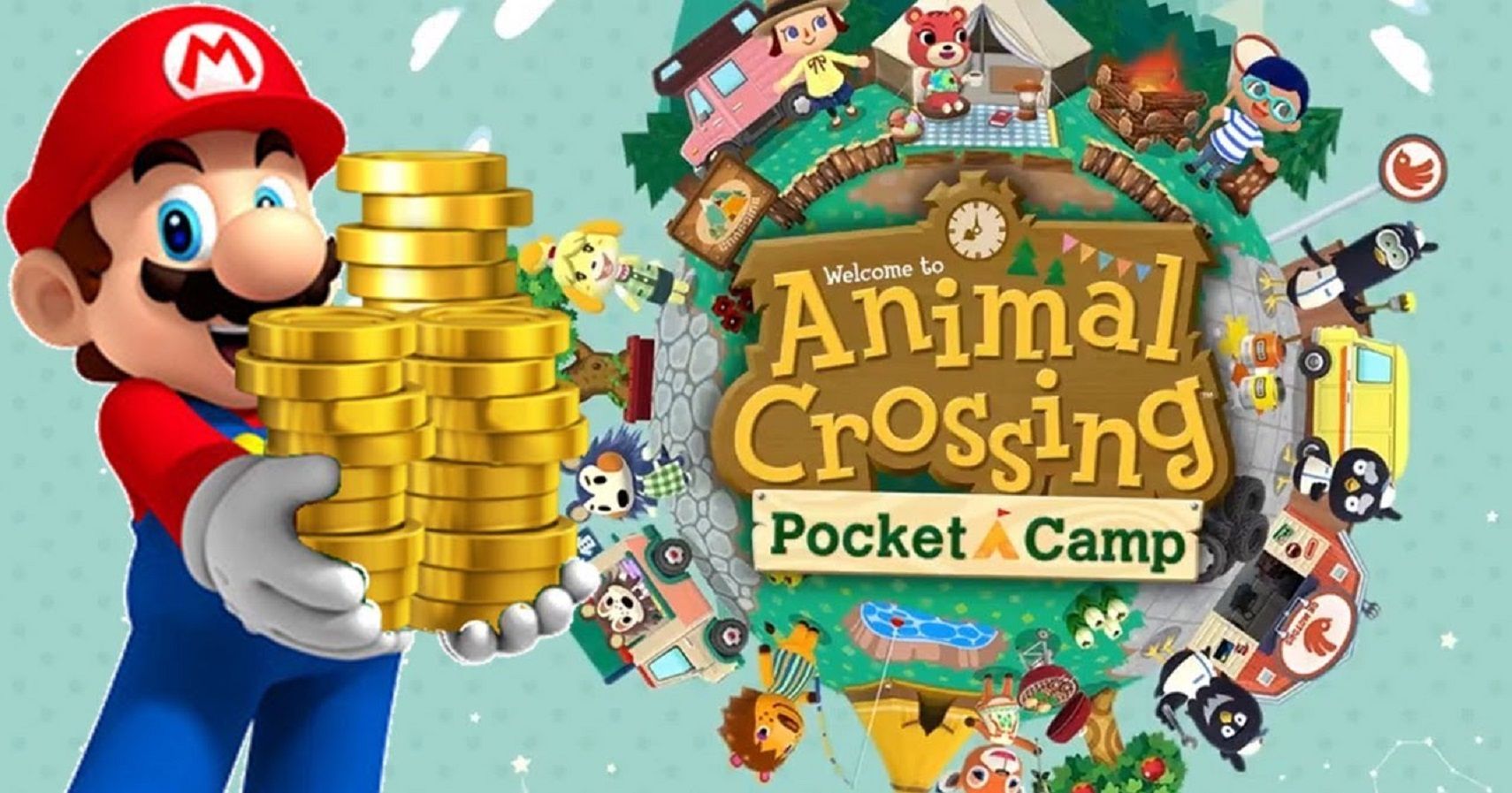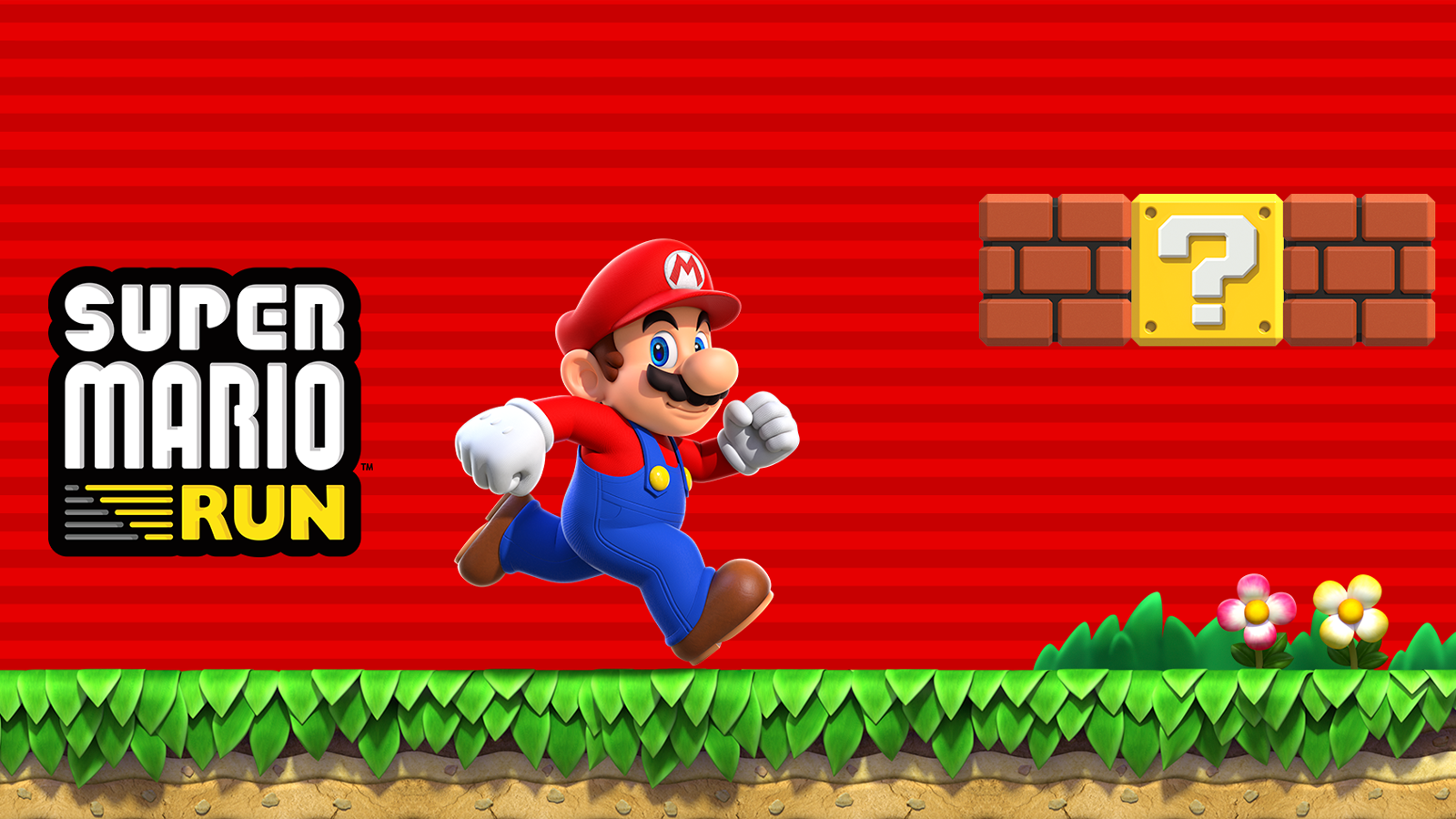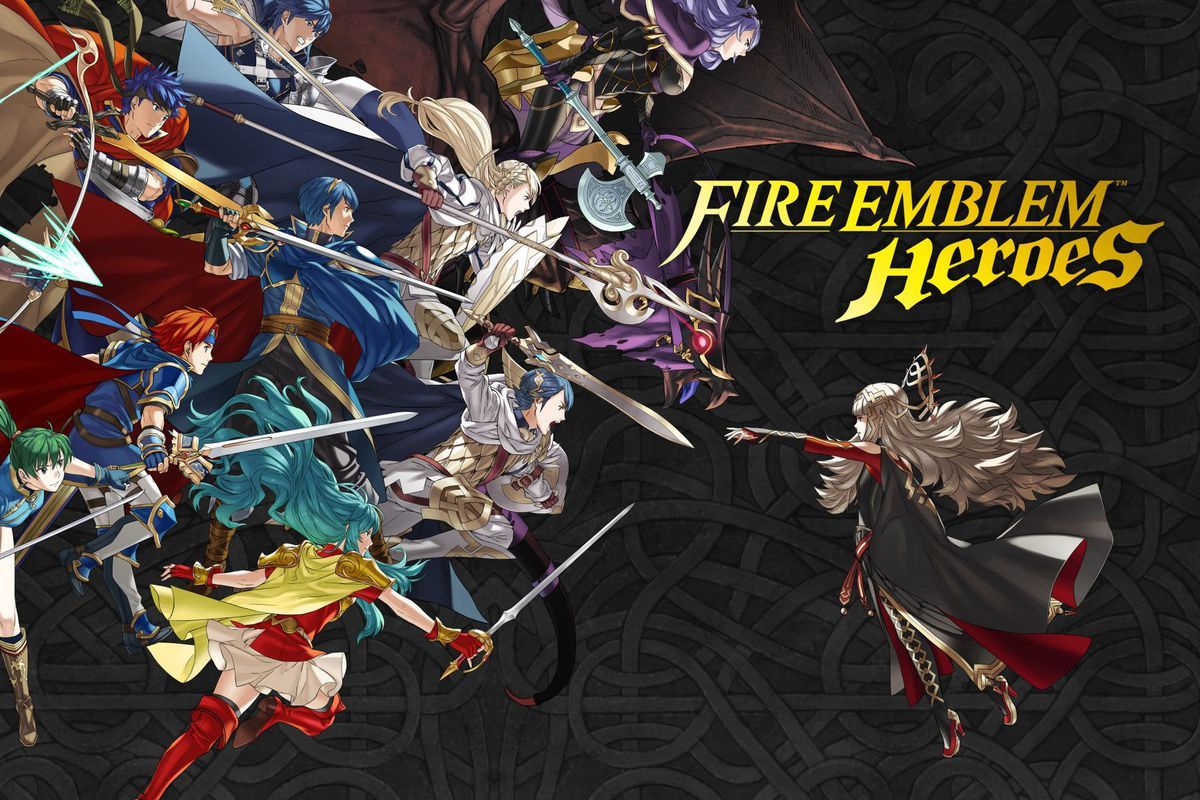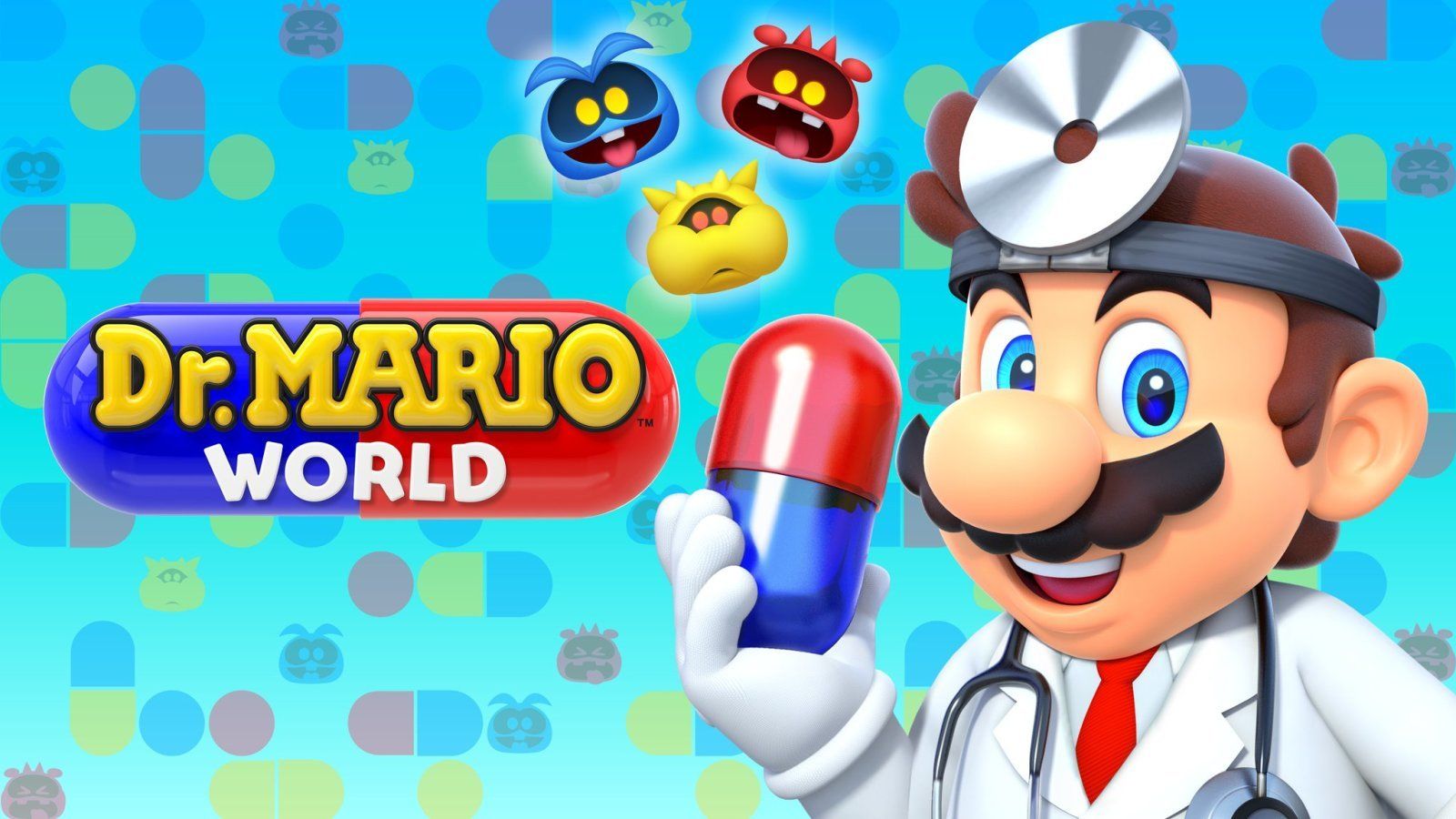As Nintendo launches more games on mobile devices, they seem to be falling prey to the enticing trap of microtransactions.
No one can say that Nintendo doesn't know what they are doing when it comes to home consoles. Between the massive success of the N64, Wii, and Switch, they clearly understand how to craft critical and commercial successes. The games for these platforms are no different, with Nintendo releasing hit after hit each year. When it comes to the world of mobile gaming on iPhone and Android devices, however, it's a very different story.
Not A Bad Start
Nintendo's first foray in the world of mobile gaming came in the form of Miitomo, a social networking game where players could interact with their Mii. It contained microtransactions in the form of customization options for the player, and nothing more. Super Mario Run, Nintendo's second mobile game, allowed gamers to play the first few levels for free, before becoming a purchase to play title. Whether or not the game was worth the $9.99 purchase price is up for debate, but at least they weren't trying to nickel and dime players with either title.
They Almost "Gacha"
The next batch of games to release all contained gacha elements, where players pay either virtual or real money for a random chance at a new character or item. This started out fair enough, with Fire Emblem: Heroes being so generous with their in-game currency, spending real money was never really an issue. Dragalia Lost, a fun top-down Action RPG style game also included gacha features, but players argued that the drop rates were much worse than they had previously seen in Nintendo titles. Despite this, the title was highly successful, and may have caused a chance in philosophy for the company.
Full Blown Microtransactions
Dr. Mario World is arguably the Nintendo game that most resembles all other mobile games. It's a puzzle title similar to the popular Candy Crush Saga, only it features Mario and friends instead of the sugary sweets. What's worse, the game is punctuated by the most notorious case of microtransactions in a Nintendo game to date. After the tutorial, players need to spend a "Heart", a type of virtual currency, in order to play a level. Hearts regenerate at a rate of one every half hour, up to a maximum of five hearts. This means that once you run out of hearts, you'll have to wait 30 minutes before you can attempt a new puzzle.
Of course, Nintendo allows you to spend real money to refill your hearts, thus signaling their descent into the dark depths that is mobile gaming. It's a shame that the title decided to go this way, instead of letting players make a one time purchase to play the whole game. Something like this would never happen on the Nintendo Switch or 3DS, so why is it acceptable on other platforms?
Conclusion
It's sad to see the slow progression of microtransactions infecting such beloved franchises. These games deserve better, and so do their fans. When Nintendo announced they were bringing such iconic characters to mobile devices, everyone in the industry was hopeful; this was Nintendo's chance to change the nickel-and-diming ways of the mobile marketplace. Instead, they fell prey to the types of predatory cash grabbing that pervades all mobile marketplaces.
Nintendo is one of the best video game companies in the world, and we'll hold out hope that they can right the ship before it sinks. They might still be our best hope at reversing the terrible tread that is overtaking mobile gaming.
That being said, all the blame doesn't fall on Nintendo. We are to blame just as much as they are. If people would stop spending money supporting such predatory features, developers would be less inclined to include them in their titles. In the end, Nintendo is just trying to make a profit, and we can't fault them for taking advantage of such a lucrative market.




